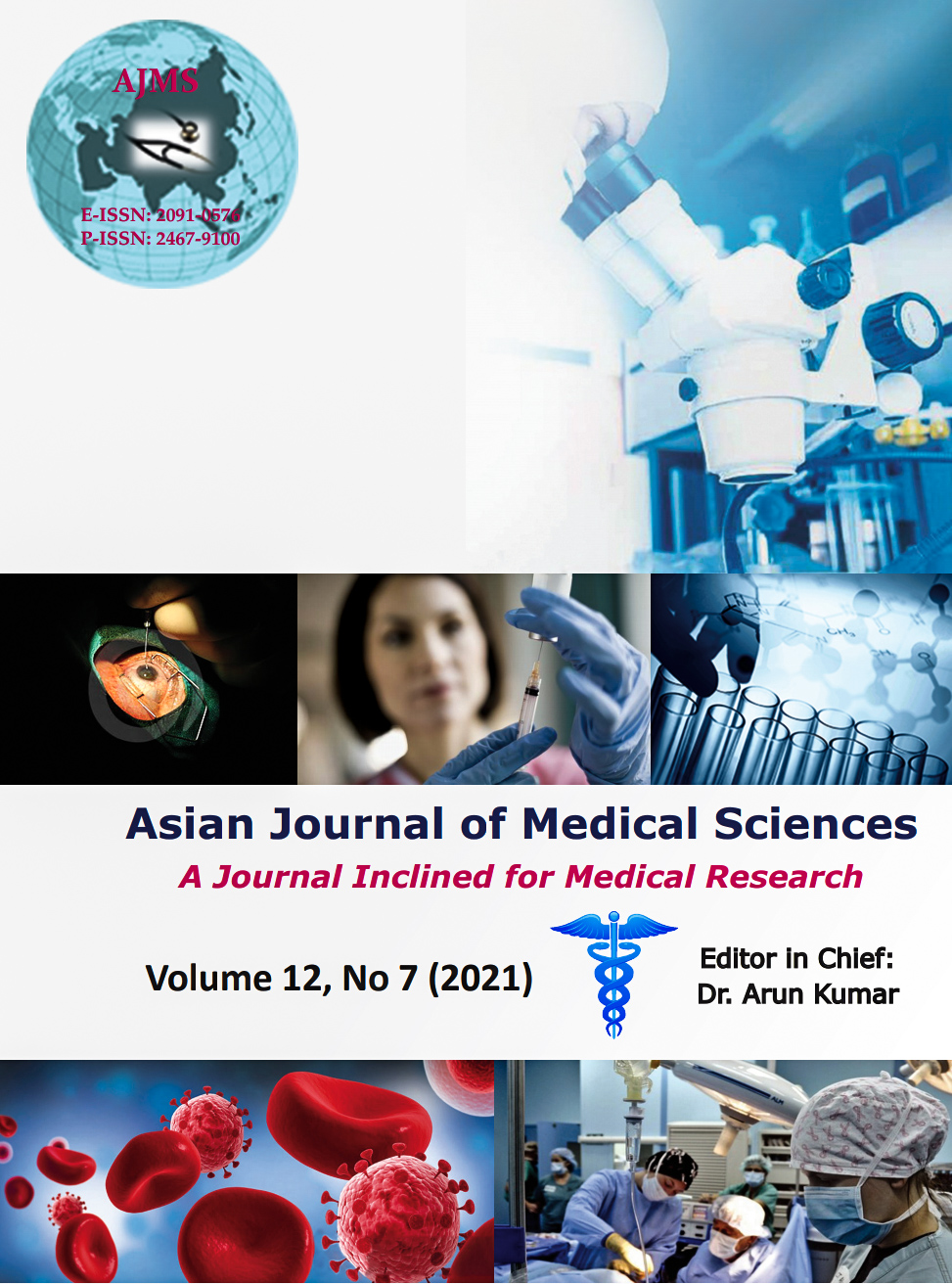Comparison between esmolol and verapamil in attenuation of cardiovascular stress response to laryngoscopy and endotracheal intubation in elective surgery
Keywords:
Esmolol, Verapamil, Cardiovascular stress, Laryngoscopy, Endotracheal intubationAbstract
Background: Cardiovascular stress due to reflex sympathetic over activity is a great concern during laryngoscopy and endotracheal intubation.
Aims and Objectives: To compare the efficacy and safety of esmolol and verapamil for attenuation of hemodynamic effects (heart rate, systolic blood pressure, diastolic blood pressure and mean arterial pressure) due to laryngoscopy and endotracheal intubation in elective surgical cases.
Materials and Methods: A prospective, randomized, double blinded, controlled study was conducted on 60 patients divided equally into 30 each receiving esmolol (2 mg/kg body weight) and verapamil (0.1 mg/kg body weight) respectively. Heart rate, systolic and diastolic blood pressure and mean arterial pressure were recordedat pre-operative stage, after administration of the study drugs, immediately after intubation and at 1 ,3 ,5 minutes after intubation. Data collected were statistically analyzed.
Results: The mean systolic blood pressure was lower in the esmolol group at all times of estimation compared with the verapamil group and the difference was at the time of intubation (p value <0.001).The mean diastolic blood pressure was lower in the esmolol group at all times of estimation compared to the verapamil group which was not statistically significant at any time of estimation. The mean arterial pressure was significantly lower at the time of immediately after intubation (p<0.001) in esmolol as compared to verapamil group. Adverse effects in both the study groups were insignificant.
Conclusion: Esmololand Verapamil can effectively attenuate the cardiovascular stress to laryngoscopy and endotracheal intubation with the former appears to be a better alternative from efficacy and safety perspectives.
Downloads
Downloads
Published
How to Cite
Issue
Section
License
Authors who publish with this journal agree to the following terms:
- The journal holds copyright and publishes the work under a Creative Commons CC-BY-NC license that permits use, distribution and reprduction in any medium, provided the original work is properly cited and is not used for commercial purposes. The journal should be recognised as the original publisher of this work.
- Authors are able to enter into separate, additional contractual arrangements for the non-exclusive distribution of the journal's published version of the work (e.g., post it to an institutional repository or publish it in a book), with an acknowledgement of its initial publication in this journal.
- Authors are permitted and encouraged to post their work online (e.g., in institutional repositories or on their website) prior to and during the submission process, as it can lead to productive exchanges, as well as earlier and greater citation of published work (See The Effect of Open Access).




